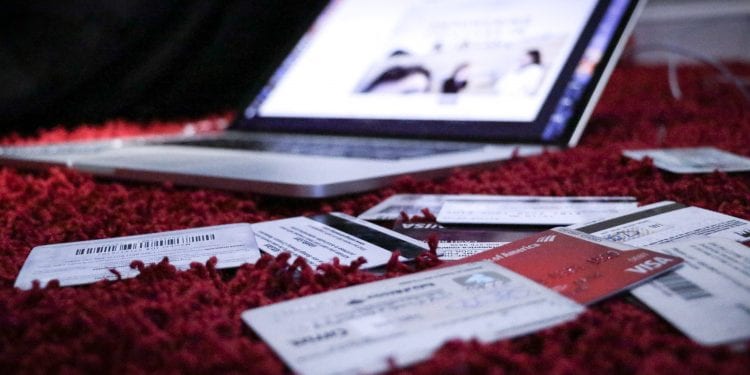Usually, credit losses and unemployment rates follow similar trends. People lose their jobs and cannot pay their bills. It is typically a no-brainer. But not in this economic cycle. Stimulus checks and other government interactions helped keep households afloat and credit cards active. Consider this: when 2020 ended, credit card charge-offs stat at 2.62%, 1.3% better than Q419, which ended at 3.75%.
Bankrupts tend to lag surging delinquency. Some people get overwhelmed, and they simply file bankruptcy to let a federal judge figure out the next step. Many people report the process to be humiliating. Still, when medical bills, or even credit cards, carry debt measured in years, the consumer or business might need to go for a debt discharge or restructuring.
No one is doing the bankrupt a favor. Bankruptcy is a Constitutional right, defined in Article 1, Section 8; for a detailed review of the history, see here. Consumer bankruptcy forestalls collection actions when a notification occurs, and a credit loss charge to income follows when the court adjudicates the filing.
Today’s WSJ explains the current trend.
- The number of people seeking bankruptcy fell sharply during the pandemic as government aid propped up income and staved off housing and student-loan obligations.
- Bankruptcy filings by consumers under chapter 7 were down 22% last year compared with 2019, while individual filings under chapter 13 fell 46%, according to Epiq data. After holding above 50,000 filings a month in 2019 and the first quarter of 2020, bankruptcy filings have remained below 40,000 a month since last March when the pandemic hit.
- By contrast, commercial bankruptcy filings rose 29%, with more than 7,100 businesses seeking chapter 11 protection last year, according to Epiq.
- The downward trend in personal bankruptcies bucks predictions by analysts and economists that disruptions from Covid-19 lockdowns and restrictions early in the pandemic would lead to a sharp increase in filings.
We are talking about households and their capacity to repay. These are not just account numbers.
- Bankruptcy filings, the last resort for consumers in dire straits, typically follow financial distress from a divorce, medical emergency, or unemployment by 12 to 18 months. People often file for bankruptcy when faced with immediate home foreclosure, eviction, or creditor lawsuits that have led to wages being garnished—filing for bankruptcy halts wage garnishments, vehicle repossessions, and property foreclosures.
- The year-over-year drop in bankruptcy filings between January and September 2020 was steeper among homeowners than for those who don’t own property, said Jialan Wang, a professor at the University of Illinois Urbana-Champaign.
But the trend may turn.
- Higher employment as the economy recovers may give more people a reason to file for bankruptcy in the future because creditors can sue to garnish wages, bankruptcy experts said.
- Income from stimulus checks and unemployment assistance—types of income protected from garnishment—also is expected to diminish as relief measures phase-out.
As creditors enjoy the benefit of bankruptcy trends, keep a keen eye out for where bankruptcy could go once the economy settles. It might increase again and affect 2022 credit card non-interest expense.
Overview Provided by Brian Riley, Director, Credit Advisory Service at Mercator Advisory Group











